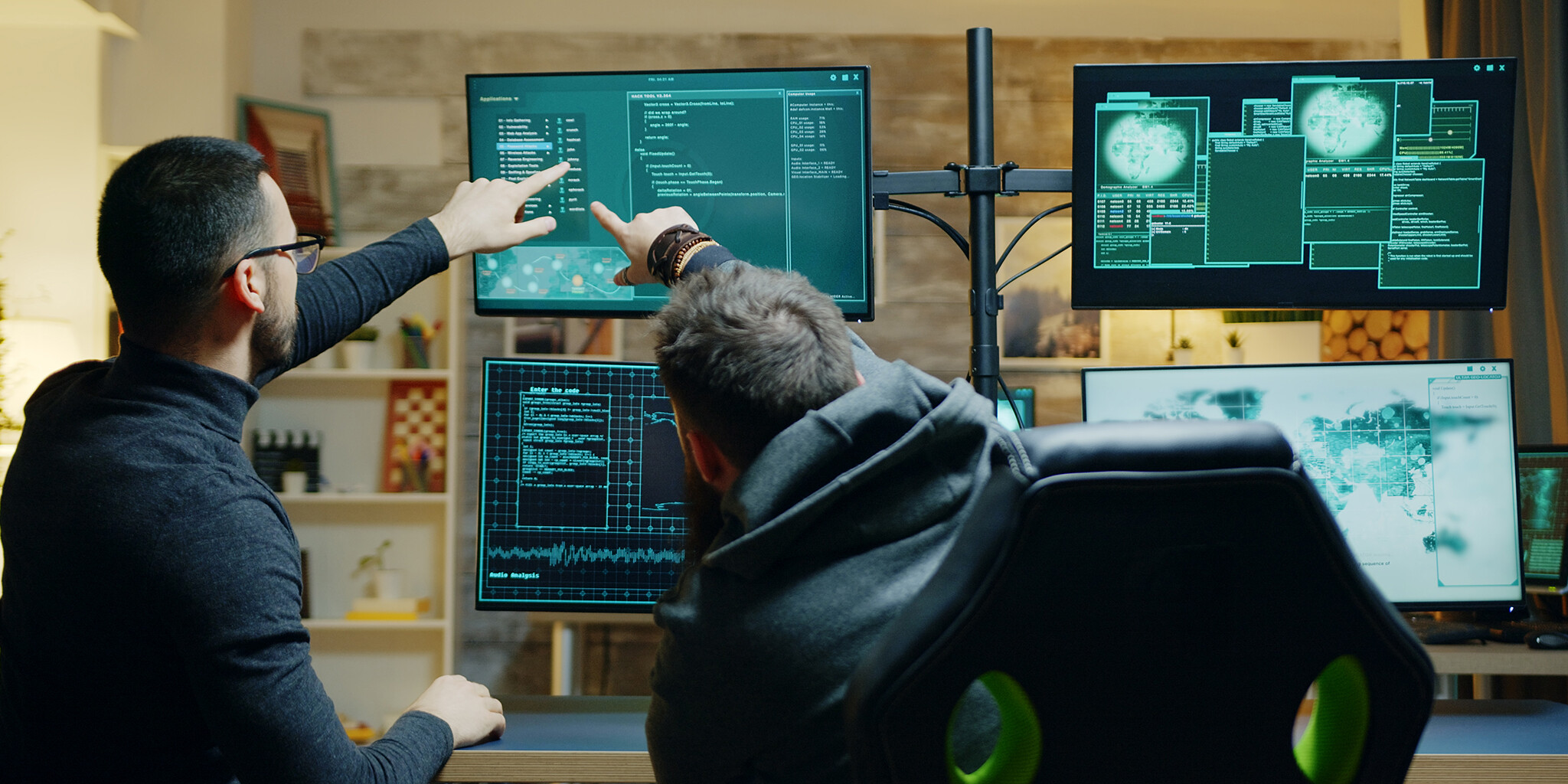In the realm of cybersecurity, penetration testing, or pen testing, stands as a critical measure to identify vulnerabilities within an organisation’s security framework. A significant component of this process is security controls testing. This blog delves into what security controls testing involves and why it is essential in penetration testing.
What is Security Controls Testing?
Security controls testing refers to the evaluation of the security measures that an organisation has implemented to protect its information systems. These measures include technical, administrative, and physical controls designed to safeguard the integrity, confidentiality, and availability of data. Testing these controls ensures they are effective and functioning as intended.
Importance of Security Controls Testing
Testing security controls is vital for several reasons. Firstly, it helps identify weaknesses in the existing security measures. This allows organisations to address vulnerabilities before they can be exploited by malicious actors. Secondly, regular testing ensures compliance with industry standards and regulations. Many industries require periodic security assessments to protect sensitive data. Lastly, security controls testing provides assurance to stakeholders that the organisation takes cybersecurity seriously.
Methodology
Penetration testers follow a systematic approach to evaluate security controls. This approach typically involves the following steps:
1. Planning and Reconnaissance
During this phase, testers gather information about the target system. They identify potential entry points and the security controls in place. Planning also involves defining the scope of the test and obtaining necessary permissions.
2. Scanning and Enumeration
Testers use automated tools to scan the target system for vulnerabilities. They enumerate the system’s security controls to understand how they function and interact with each other.
3. Exploitation
In this phase, testers attempt to exploit identified vulnerabilities. The goal is to determine if the security controls can be bypassed. This step is crucial in understanding the effectiveness of the controls.
4. Post-Exploitation
After exploiting vulnerabilities, testers assess the potential impact on the system. They determine what data could be accessed and how the security breach could affect the organisation.
5. Reporting
The final phase involves compiling a detailed report of the findings. The report includes vulnerabilities discovered, their potential impact, and recommendations for remediation. This report is crucial for the organisation to improve its security posture.
Common Security Controls Tested in Penetration Testing
Pen testers evaluate a variety of security controls, including:
- Firewalls: Assessing if firewalls effectively filter traffic and prevent unauthorised access.
- Intrusion Detection Systems (IDS): Testing if IDS can detect and respond to malicious activities.
- Access Controls: Verifying if access controls restrict user permissions appropriately.
- Encryption: Checking if data encryption protects sensitive information during transmission and storage.
- Patch Management: Ensuring systems are updated with the latest security patches to prevent exploitation of known vulnerabilities.
Conclusion
Security controls testing in pen testing is an indispensable aspect of maintaining robust cybersecurity. By identifying and addressing vulnerabilities in security measures, organisations can prevent potential breaches and protect sensitive data. Regular security assessments not only ensure compliance with industry standards but also reinforce trust among stakeholders. In the ever-evolving landscape of cyber threats, diligent security controls testing stands as a proactive defence strategy.
Investing in regular penetration testing and robust security controls testing helps safeguard your organisation from potential cyber threats. It ensures that your defences are not just in place but are also effective in protecting your valuable assets.
Vertex Cyber Security can help you test your security controls. Contact our team of penetration testing experts today!
For some cyber security reading about malware click here.

